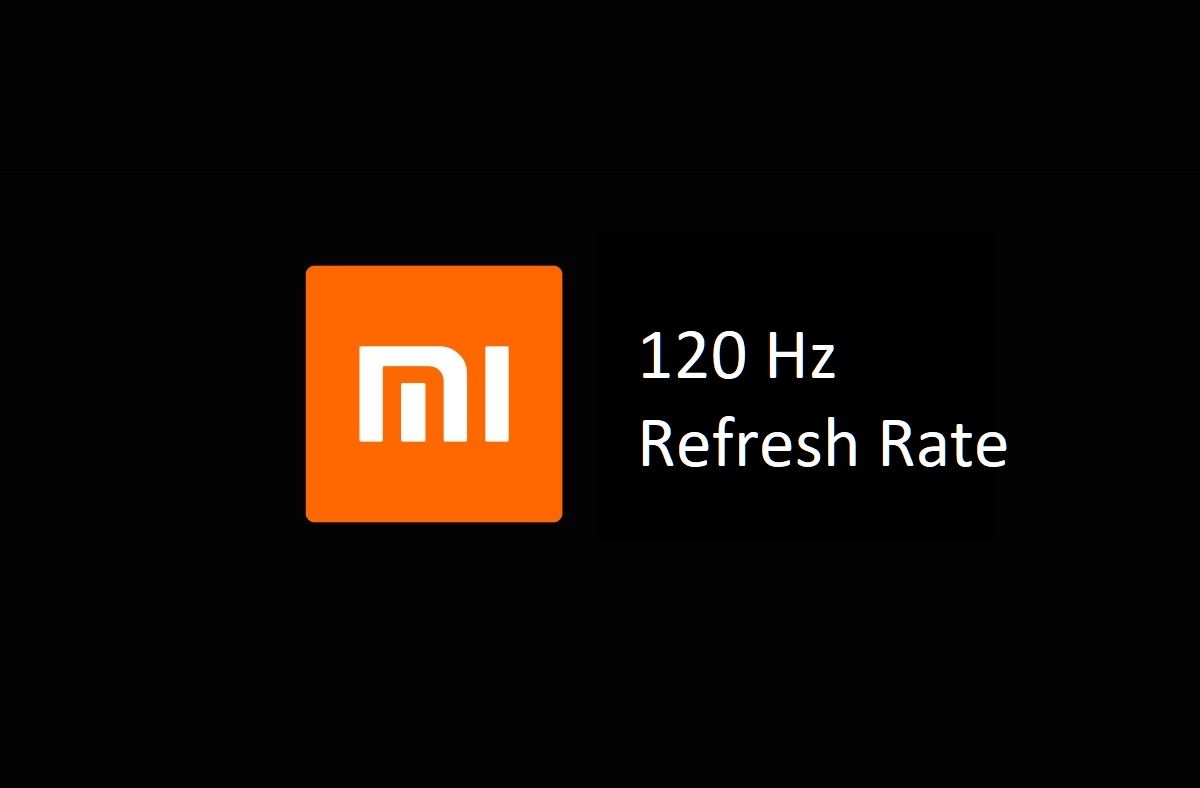High refresh rate displays have exploded in popularity among smartphone makers. This year alone we've already seen 9 new smartphones with panels that refresh at higher than 60Hz, with 3 more that have yet to be launched. Joining the ranks of the Red Magic 3/3S, OPPO Reno Ace, OnePlus 7 Pro/7T/7T Pro, ROG Phone II, Sharp Aquos R3/zero2, and the upcoming Google Pixel 4/4 XL and Realme X2 Pro, is a new contender from Xiaomi. That's right, Chinese smartphone brand, best known for its range of budget and mid-range smartphones, is dipping its toes into high refresh rate technology. Unlike most flagships with high refresh rate panels we've seen this year, though, the phone that Xiaomi is working on will have a 120Hz display.
Thanks to a tip from the ever-reliable XDA Member kacskrz, we spotted evidence that Xiaomi has added code for a refresh rate display setting in the latest MIUI 11 betas. The description for the setting says that higher refresh rates "[make] the picture smoother" while lower refresh rates "[save] battery," which is similar language you'll find in refresh rate settings pages on other flagship smartphones. Digging further into the code, we discovered that this setting is currently coded to show two entries: 60Hz and 120Hz. Hence, Xiaomi's upcoming flagship smartphone will support switching between 60Hz and 120Hz, though there currently isn't a 90Hz refresh rate mode like there is on the ROG Phone II.
With a little bit of tinkering, kacskrz managed to get this in-development refresh rate setting to appear on his own device, though since his device doesn't actually have a high refresh rate display, the setting doesn't work. Nevertheless, these screenshots show what the setting might look like when Xiaomi launches this upcoming 120Hz display smartphone.
Screenshots by XDA Member kacskrz. Note that these screenshots do NOT actually come from Xiaomi's upcoming smartphone. We don't know the name or even the code-name of this upcoming device.
Razer, the PC gaming brand, was the first to sell a smartphone internationally with a 120Hz display in late 2017. Since the launch of the second Razer Phone in 2018, only Sharp and ASUS have released smartphones with 120Hz refresh rate displays. The Razer Phone, Razer Phone 2, and Sharp Aquos R3 have 120Hz LCD panels while the ASUS ROG Phone II and Sharp Aquos zero2 have a 120Hz and 240Hz OLED panel respectively (though only every other frame has image data on the zero2.) We, however, don't know if Xiaomi's first smartphone with a high refresh rate will have an LCD or an OLED panel.
From my personal experience, I don't see 120Hz as much of an upgrade over 90Hz after having extensively used both the ASUS ROG Phone II and OnePlus 7 Pro. I would never go back to a phone with a 60Hz panel after using two phones with high refresh rate panels, though. Once you try a phone with a 90 or 120Hz refresh rate display, you'll never want to go back to a 60Hz phone because it'll just feel laggy. A bump in refresh rate is especially noticeable on smartphones because of how much we have to scroll, though the list of mobile games that can run at over 60fps is sadly not that large. Assuming Xiaomi's 120Hz display smartphone doesn't break the bank—and that's usually a safe assumption to make with Xiaomi products with the rare exception—then we should start seeing more mobile game developers support higher refresh rates as more phones like this hit the market. We just don't know when that'll happen with Xiaomi's phone.
Thanks to PNF Software for providing us a license to use JEB Decompiler, a professional-grade reverse engineering tool for Android applications.

